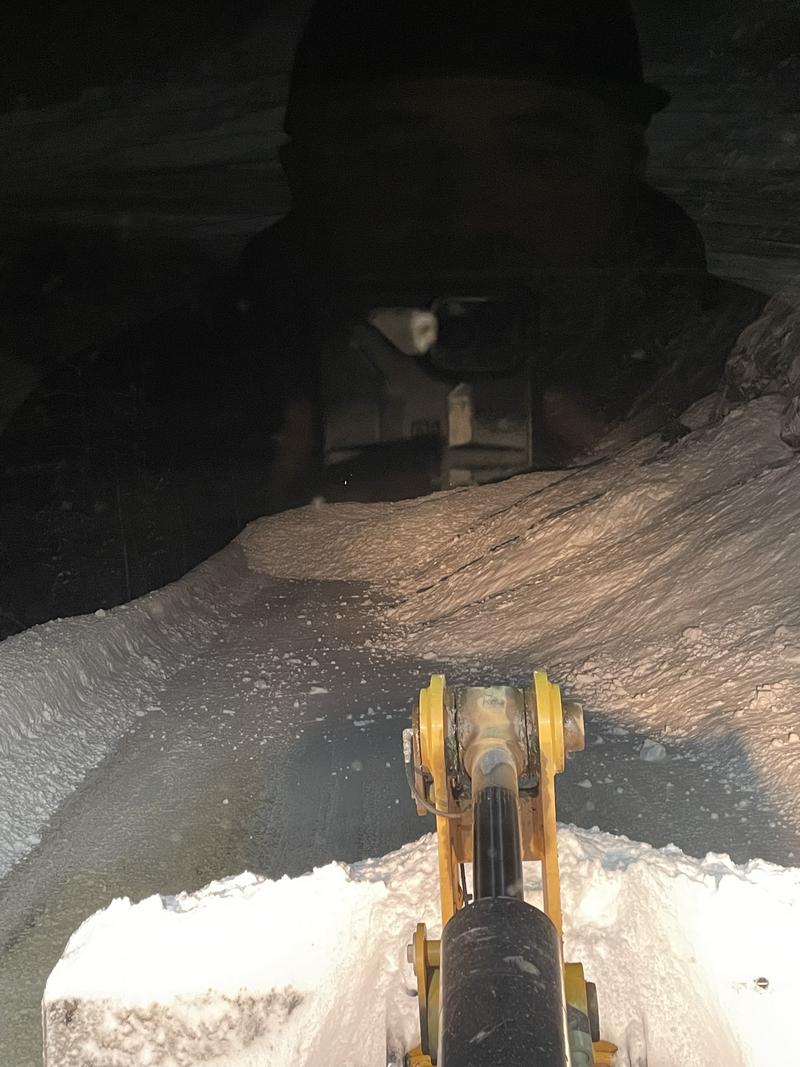Forecast for the Ogden Area Mountains

Issued by Greg Gagne on
Friday morning, January 12, 2024
Friday morning, January 12, 2024
Dangerous avalanche conditions exist with a HIGH danger at mid and upper elevations and a CONSIDERABLE danger at lower elevations. Avalanches may fail 2-3' deep and hundreds of feet wide on a widespread persistent weak layer at all elevations.
Do not travel in avalanche terrain - do not be on, underneath, or adjacent to slopes approaching 30° or steeper.
With strong winds and several feet of snow forecast for this weekend, the avalanche danger is expected to increase.

Low
Moderate
Considerable
High
Extreme
Learn how to read the forecast here






